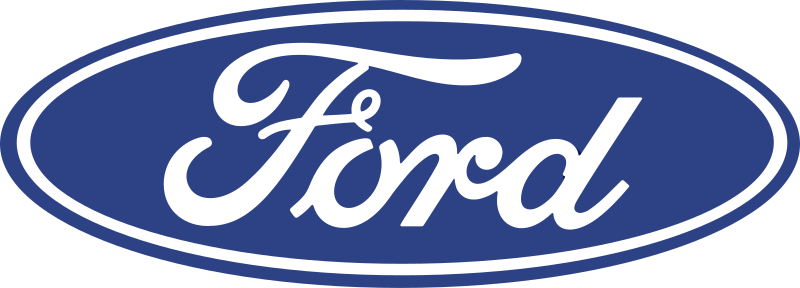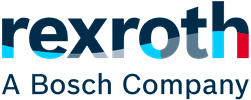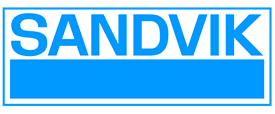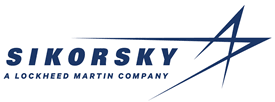- Home
- Binder Jetting Resources
- Blog
Perspective on ExOne’s Metal Materials Announcement
A Message from John F. Hartner, Chief Executive Officer of The ExOne Company

A Message from John F. Hartner, Chief Executive Officer of The ExOne Company
Perspective on ExOne’s Metal Materials Announcement
Today, ExOne announced its metal 3D printers could now binder jet a total of 21 powders into metal, ceramic and composite precision parts — with even more materials approved for controlled R&D printing.
From the outside, it may look like ExOne’s metal printers jumped from six to 21 qualified materials overnight.
 In reality, ExOne’s engineering team and our customers have been moving so fast to print new materials since 2013 -- the breakthrough year when we began printing dense single-alloy metals -- that we haven’t slowed down to update the market on our progress.
In reality, ExOne’s engineering team and our customers have been moving so fast to print new materials since 2013 -- the breakthrough year when we began printing dense single-alloy metals -- that we haven’t slowed down to update the market on our progress.
When we took the time to re-evaluate where we were over the last few months, the numbers surprised even us. ExOne customers were printing an astonishing number of materials — 14 — that had not yet worked all the way through ExOne’s rigorous qualification process. That included six single alloys, six ceramics, and two ceramic-metal composites.
At the same time, we were ready to announce new materials, such as M2 Tool Steel, had achieved our highest qualified status, and other materials, such as aluminum and titanium, were qualified for controlled R&D printing. So, a major reset was needed.
ExOne’s Rigorous Qualification Process
ExOne’s top-tier qualification process is deliberately very tough - it’s meant to designate that customers can buy a metal printer and, essentially, have standardized 3D printing with repeatable results out of the box. We also get these results certified by a third party, which is why we call this our “Third-Party Qualification” level.
Binder jetting uses an industrial print head to quickly deposit a liquid bonding agent onto a thin layer of powdered particles, either metal, sand, ceramics or composites. The process is repeated, layer by layer, until the object is complete. Depending on the material being printed, additional post-processing may be necessary.
Overall, the binder jetting process is simple. But optimizing the machines, binders, powders and post-processing steps to work together to deliver the precise densities, material properties and metallurgy the market wants with every powder is serious engineering work. At ExOne, we won’t third-party qualify a material until we’ve truly achieved top-tier results repeatedly.
For example, even before we made this announcement, our team was debating whether Inconel 718 should receive our top-tier qualification. We routinely print this material in R&D, and we’re very close to where we want to be with the material. But for now, we’ve decided it still belongs on our list of qualified R&D materials until we’ve fully optimized the end-to-end process.
Customer-Qualified Materials
In the meantime, many of ExOne’s customers have been printing the powder they needed because it meets their own standards, which are different than ExOne’s broad commercial-readiness standard. Usually, these requirements are very specific to a certain application and not general to the overall marketplace.
Really, that’s the beauty of binder jet 3D printing: you can print almost any powder if it works with a binder and delivers the final material properties required.
So, with our announcement today, ExOne is launching a new qualification category called “Customer-Qualified.” This means the material is printable on our machines and that customers are successfully printing it today for their own applications.
We felt this was necessary to let the market know all the materials that are printable, so others might take advantage of the sustainability and design benefits of binder jet 3D printing for their parts and products.
Exciting materials are on this list, such as cobalt chrome, copper, H13 Tool Steel, Inconel 625, titanium and tungsten heavy alloy. Customers are also printing ceramics such as alumina, carbon, natural and synthetic sands, silicon carbide, alone or infiltrated with silicon, tungsten carbide-cobalt. We’ve also previously announced our work with Oak Ridge National Laboratory on boron carbide infiltrated with aluminum.
Copper is a good example of the work our customers have been doing. Virginia Tech Prof. Chris Williams, Ph.D., has been 3D printing copper on ExOne machines since 2013, starting with the ExOne R2 machine, launched in 2003, and now also with an Innovent+, a machine launched in 2018 for high-density metals printing.
Prof. Williams’ work on the subject of copper printing with ExOne binder jet printers has been published in at least three peer-reviewed journals, including Design & Materials, Additive Manufacturing, and Procedia Manufacturing.
So, while ExOne hasn’t fully qualified copper for our top-tier status, it will likely work for many customer applications - depending on the specific requirements needed.
The Benefits of Binder Jetting
We’re excited about today’s change in material classifications — not because it results in an impressive number of printable materials — but because it showcases the great diversity that binder jetting offers in terms of material and design flexibility, and sustainability.
Binder jet 3D printing is a sustainable method of metal part production because it fabricates objects with little to no waste, and, at the same time, enables all-new lightweight designs that were not previously manufacturable. What’s more, binder jetting is capable of 3D printing parts at high speeds and volumes that can truly make a difference.
At ExOne, where we’ve always been proud to be green, more binder jetting materials will eventually mean more sustainable manufacturing and products for all.
For more information, contact:
Media
Sarah A. Webster
Global Marketing Director
(724) 516-2336
sarah.webster@exone.com
ExOne Investors
Deborah K. Pawlowski / Karen L. Howard
Kei Advisors LLC
(716) 843-3908 / (716) 843-3942
dpawlowski@keiadvisors.com / khoward@keiadvisors.com


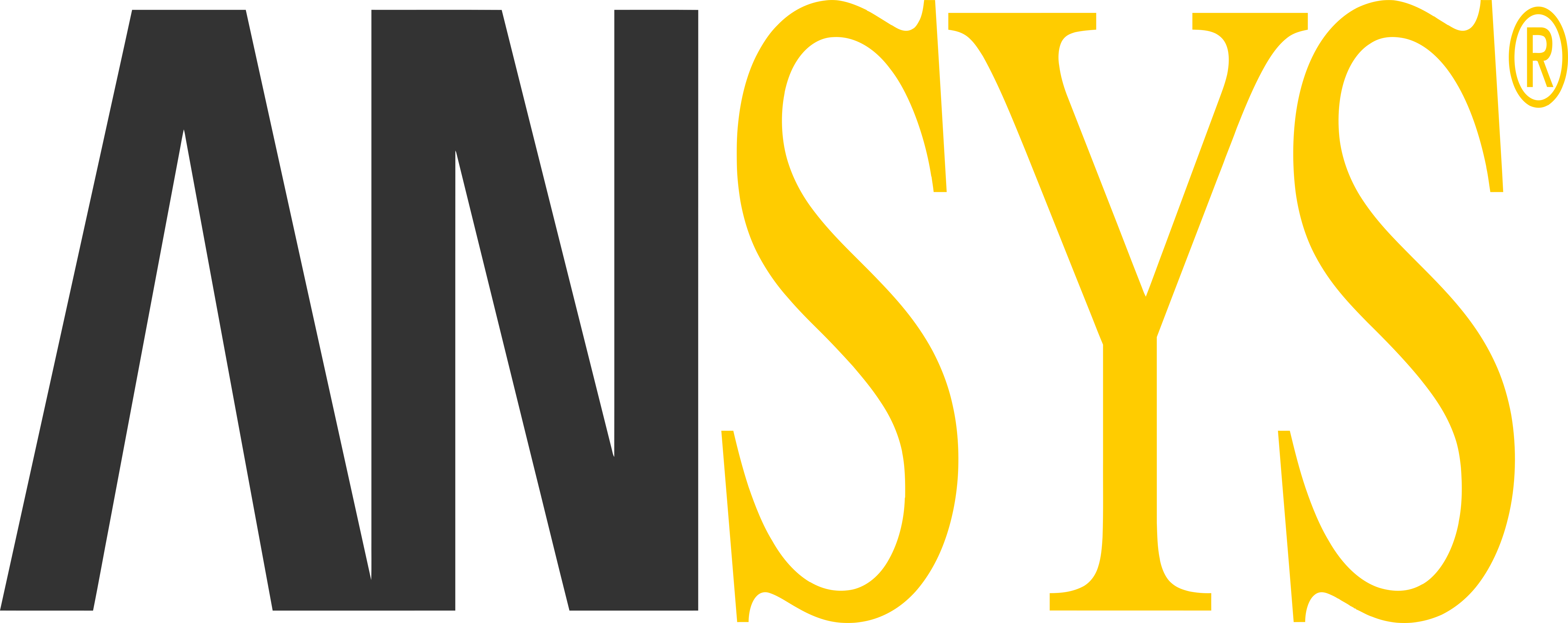
.PNG?ext=.png)


